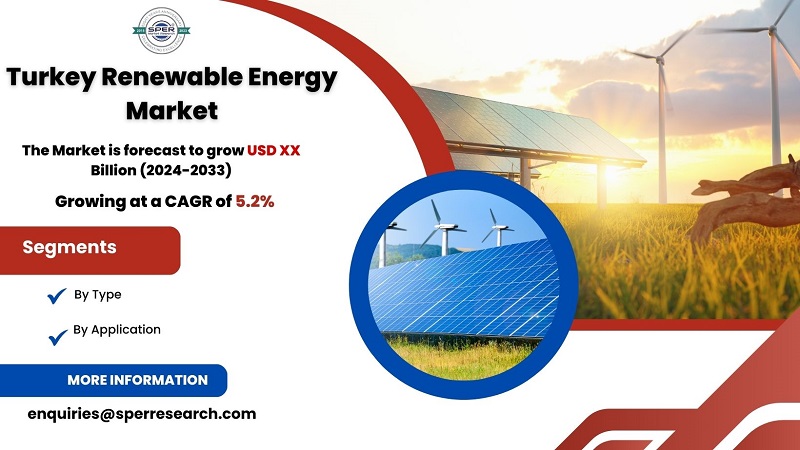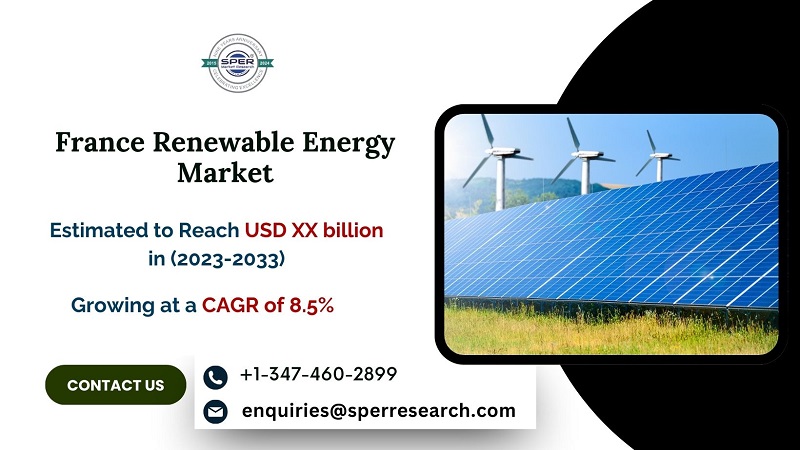Battery recycling includes gathering, processing, and reusing materials from discarded or used batteries. Reusing rich metals like lithium, cobalt, nickel, and lead in new batteries or other products is the way to lessen the environmental impact of batteries. The collection, sorting, discharge, disassembly, and chemical treatment phases are all part of the recycling process. By doing this, natural resources are preserved and dangerous chemicals and heavy metals are kept out of the environment. A more sustainable future can be achieved by properly recycling batteries, which also lessens the demand for new material mining. As the number of consumer gadgets and electric cars rises, battery recycling is becoming more and more crucial for waste management and the circular economy.
According to SPER Market Research, ‘Germany Battery Recycling Market Size- By Process, By Components, By Type, By End User- Regional Outlook, Competitive Strategies and Segment Forecast to 2034’ states that the Germany Battery Recycling Market is estimated to reach USD XX Billion by 2034 with a CAGR of 6.1%.
The battery recycling market in Germany is thriving on account of many of considerations. Tight environmental laws enforce correct disposal, which encourages recycling efforts. Innovations in technology are essential to improving the viability and effectiveness of battery recycling procedures in Germany. Valued materials may be extracted from batteries more precisely and economically thanks to ongoing advancements in recycling technologies. For the production of new batteries, advanced sorting methods like pyro metallurgy and hydrometallurgical procedures make it easier to recover metals like nickel, cobalt, and lithium. Businesses engage in recycling infrastructure because of government subsidies and incentives. Germany will require more battery recycling facilities as a result of the quick development of EVs and renewable energy storage technologies.
Despite Germany’s strong commitment to sustainability, the battery recycling sector confronts an abundance of constraints. The difficulty of recycling diverse battery chemistries, such as lithium-ion, lead-acid, and nickel-cadmium, which need for distinct processing techniques, is one of the main problems. Used batteries have increased due to the rising demand for consumer gadgets and electric cars, placing a burden on recycling facilities. Inadequate logistics and infrastructure for gathering and classifying waste batteries are further issues, which impede effective recycling. Furthermore, cross-border waste management may face difficulties due to a lack of consistent rules throughout Europe. Last but not least, the high expense of sophisticated recycling technology makes it more difficult for the battery recycling sector to grow.
Request a Free Sample Report: https://www.sperresearch.com/report-store/germany-battery-recycling-market.aspx?sample=1
Initially, Germany’s battery recycling business was impacted by supply chain problems brought on by the COVID-19 pandemic. However, since the outbreak, there has been an increased emphasis on sustainability and green initiatives, which has increased demand for recycling solutions. Germany’s battery business is evolving, and as the country prioritizes economic recovery and environmental responsibility, effective recycling is becoming more and more significant. Logistics were also hampered by lockdowns and limitations, which made it challenging to collect discarded batteries from a variety of industries, such as consumer electronics and electric cars. The economic slump also decreased consumer purchasing, which in turn caused some industries to use less batteries, which further impacted recycling rates.
Rhine-Westphalia, for example, is home to numerous recycling facilities and dominates the German battery recycling market because of its close proximity to important manufacturing centers and transportation routes. Some of the key players are – American Manganese Inc., Battery Solutions, ECOBAT Technologies Ltd., East Penn Manufacturing Company, and Enersys.
For More Information, refer to below link: –
Germany Battery Recycling Market Growth
Related Reports:
Follow Us –
LinkedIn | Instagram | Facebook | Twitter
Contact Us:
Sara Lopes, Business Consultant — USA
SPER Market Research
enquiries@sperresearch.com
+1–347–460–2899









